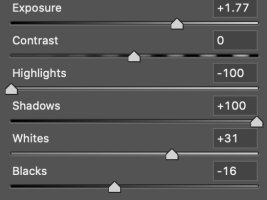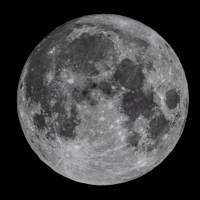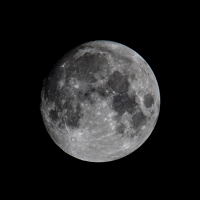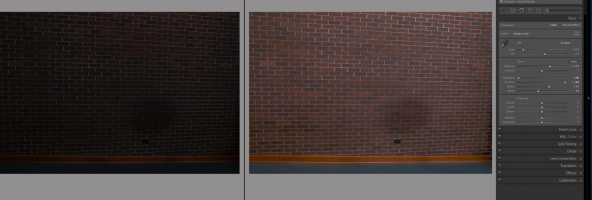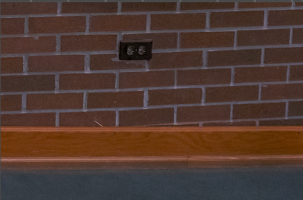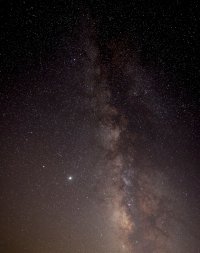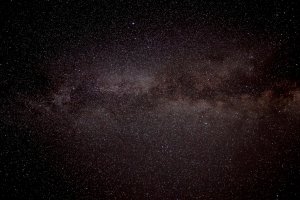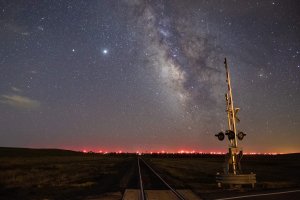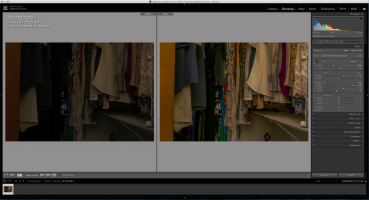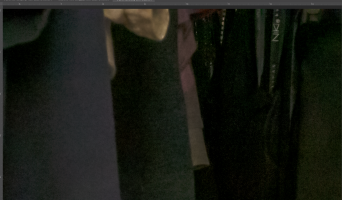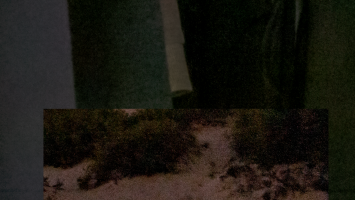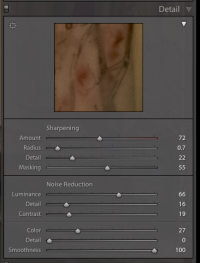I used my new R5 for some astrophotography this past week. I'm pretty happy with the results. Even pushing the shadows pretty hard at ISO 1600, the foreground detail held up fairly well. Here is a sample image for anyone considering the R5 for astro work. Please note that I don't consider myself to be a pro at editing astro photos. This was just done with some quick basic edits and noise reduction in Adobe Camera Raw.
Taken with a Rokinon 14mm f2.8, 35 seconds, ISO 1600
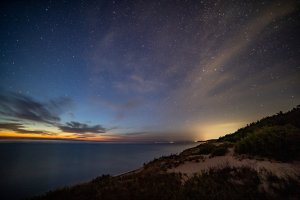
And the original, no edits, for comparison.
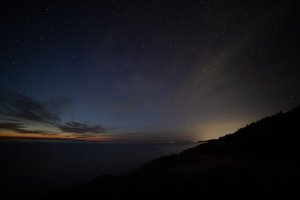
And I know people want to pixel peep, so here's a 1:1 crop of the foreground detail in the first photo. This has some noise reduction applied. It's not perfect by any means, but I'm fairly happy with it, especially being that it's in the corner of the photo. Also keep in mind that this is a 45mp photo, so looking at 1:1 crops is looking a lot closer than what 1:1 would be from a 5D4 or EOS R.
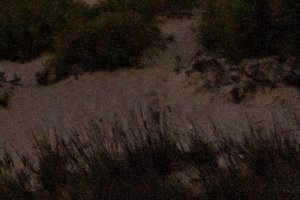
Taken with a Rokinon 14mm f2.8, 35 seconds, ISO 1600

And the original, no edits, for comparison.

And I know people want to pixel peep, so here's a 1:1 crop of the foreground detail in the first photo. This has some noise reduction applied. It's not perfect by any means, but I'm fairly happy with it, especially being that it's in the corner of the photo. Also keep in mind that this is a 45mp photo, so looking at 1:1 crops is looking a lot closer than what 1:1 would be from a 5D4 or EOS R.


